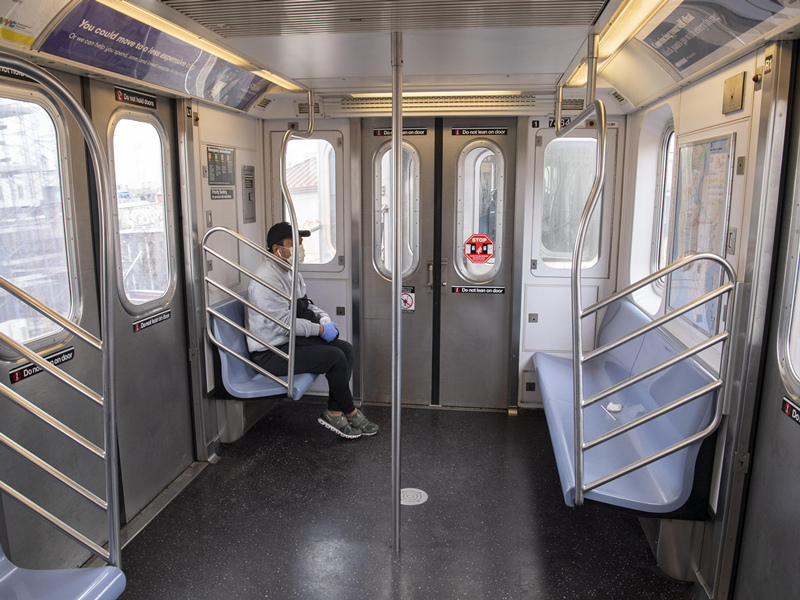
By Denis McClean
GENEVA - Critical asset management was hailed today as the “forgotten hero” of disaster management in a wide-ranging online discussion of urban resilience which reached an audience of 1,200 health specialists, policymakers and disaster managers from 124 countries and territories.
Shortages of personal protection equipment including masks for health care workers and ventilators were highlighted by Dr. Peter Williams, IBM Distinguished Engineer, as key needs that would have been identified if there had been adequate scenario planning at national and local government level ahead of the COVID-19 pandemic.
In his commentary on the discussion, Prof. Rajib Shaw, Keio University, Japan, remarked: “Very unfortunately, what we are seeing in the collapse of the health care system is because of our lack of scenario planning.”
Prof. Shaw who also chairs UNDRR’s Science and Technical Advisory Group noted that the pandemic is global, but the response is local, and that response is very dependent on governance, laws, culture, risk perception and citizen behavior.
While the primary concern must be for health care staff and their safety, larger planning issues need to be addressed related to disaster risk reduction and response planning including data management, risk assessment and scenario projection, he said.
Dr. Jaouad Mahjour, WHO Assistant Director General, Emergency Preparedness, opened the webinar organized by UNDRR’s Global Education and Training Institute, Incheon, Korea, with WHO, and titled “Resilience of local governments: a multi-sectoral approach to integrate public health and disaster risk management.”
Dr. Mahjour provided a somber backdrop for the discussion noting that as of the previous day, there were 1.2 million cases of COVID-19 globally with 67,600 deaths. “The impact is expected to become much greater in the coming weeks and months,” he said.
Raul Salazar, head of UNDRR's Regional Office for the Americas and the Caribbean, said the pandemic has shown how important it is for both national and local governments to integrate different sectors, to ensure they worked together rather than in silos. It was important to take a systemic approach to prevention if disaster risk is to be reduced and lives saved.
The keynote speaker, Dr. Williams, is one of the main architects of the UNDRR Disaster Resilience Scorecard for Cities developed jointly by IBM and AECOM and used by over 200 cities and towns across the globe. It is now complemented by a Public Health Scorecard Addendum which provides guidance to local governments on the wider issues of management and recovery in a pandemic. Both are freely available.
Dr. Williams said the full economic impact of a disaster is rarely understood until you have been through one. Many cities were tactically strong in responding to disaster events but strategically weak in preparing for them which is a key reason why the Resilience Scorecard was developed based on the so-called Ten Essentials of the Making Cities Resilient Campaign.